For 15 years, Yvette Dessin spent long work days with her elderly patients, accompanying them on walks, cooking them meals and bathing those who needed that most intimate kind of care. If a patient died, Ms. Dessin and her adult daughter attended the funeral services to pay their respects.
Ms. Dessin worked up to 60 hours a week as a home health aide, her daughter said, making minimum wage. She often worried about being able to pay the mortgage on her Queens home. She was one of roughly 2.4 million home care workers in the United States — most of them low-income women of color and many of them immigrants — who assist elderly or disabled patients in private residences or group homes.
The industry is in the midst of enormous growth. By 2030, 21 percent of the American population will be at the retirement age, up from 15 percent in 2014, and older adults have long been moving away from institutionalized care. In a 2018 AARP survey, 76 percent of those ages 50 and older said they preferred to remain in their current residence as they age. In 2019, national spending on home health care reached a high of $113.5 billion, a 40 percent increase from 2013, according to the most recent data from the Centers for Medicare and Medicaid Services.
The ranks of home care aides are expected to grow by more than those of any other job in the next decade, according to the Bureau of Labor Statistics. It’s also among the lowest paying occupations on the list.
Nearly one in five aides lives below the poverty line. In six states, the average hourly wage for home care aides is less than $11, and nationally, the median pay has increased just $1.75 an hour over the last decade, when adjusted for inflation.
Much of the aides’ low wages are paid for with taxpayer dollars — about two-thirds of home care revenue is through public programs, primarily Medicaid, according to the nonprofit PHI, which monitors the eldercare work force. The state and the federal government — and sometimes the local municipality — split the cost of Medicaid, which makes for varying rules from state to state, including on what services home health aides can provide.
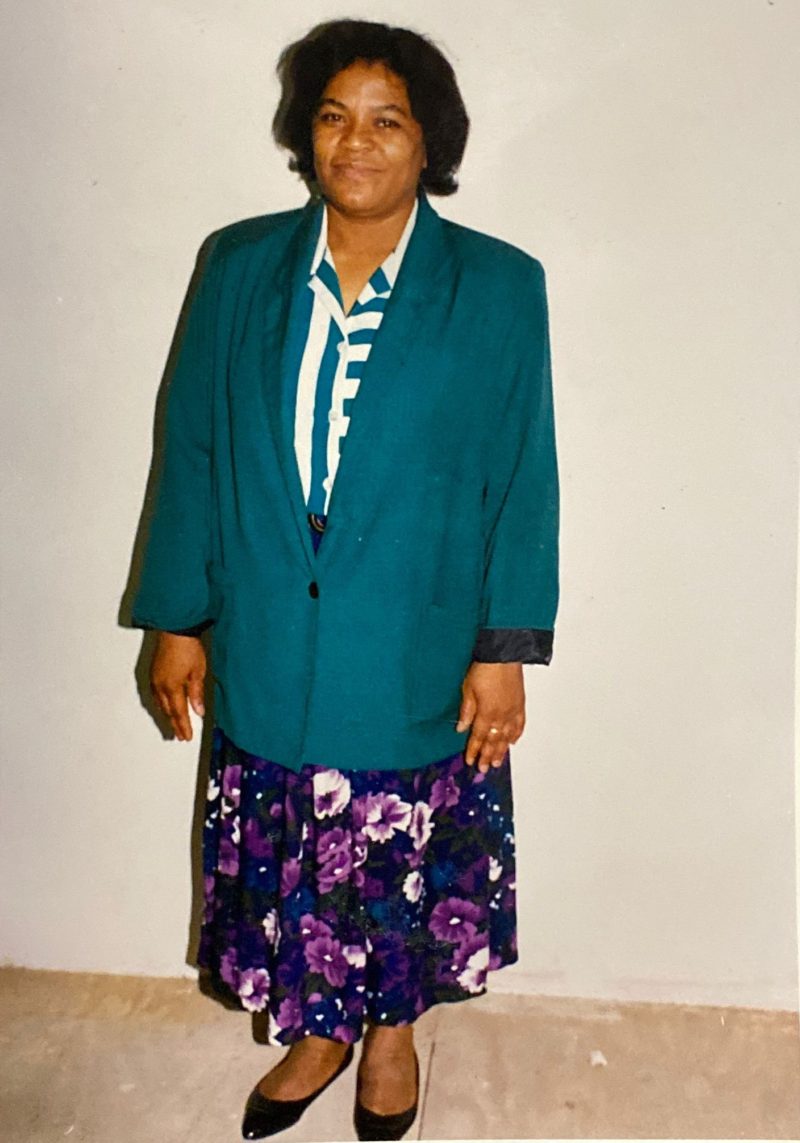
Yvette Dessin worked up to 60 hours a week as a home health aide, making minimum wage, her daughter said. Image: The Dessin Family
The pandemic only made things worse, exposing the vulnerability of not only the elderly and infirm but also of those who care for them. As Covid-19 spread across the country, many families turned to home health care as an alternative to nursing homes, which had become hot spots for the virus. Shortages of personal protective equipment made the work risky.
In conversations with more than 50 home health aides around the country, many workers described unpaid or late-paid wages, unaffordable benefits and chronic injuries. In New York City, home health workers qualify for sick leave, but many people interviewed said they were unaware of that or did not feel as though they were truly permitted to take time off. Nationwide, accounts from home health aides painted a picture of a rapidly expanding work force that operates under extreme stress and often in isolation, in a lightly regulated field.
For some, like Ms. Dessin, those conditions amid a pandemic proved fatal. She was at high-risk because of her age and pre-existing conditions and became one of at least 275 aides at her company who contracted the virus, according to her union. Her company said she was one of seven of its employees to die from Covid-19.
Ms. Dessin’s daughter, Dany St. Laurent, believes that her mother felt trapped during the pandemic.
“Her work came before everything,” she said. “Including herself.”
Private work, public regulation
Americare, Ms. Dessin’s employer, is one of about 1,500 home health care providers in New York State, and among the city’s largest, with more than 5,000 employees and about as many patients in the five boroughs and surrounding counties.
The private nature of the work makes oversight of home care agencies challenging, even when regulators try to step in.
In 2018, an investigation by the New York City Department of Consumer and Worker Protection found that Americare was among more than 30 home care agencies that had failed to follow paid sick leave regulations. It determined that Americare’s sick time policies violated city law and noted that the company had a “history of noncompliance with labor laws.” The company was ordered to change its policies, notify employees of their rights and train managers on complying with city sick leave law.
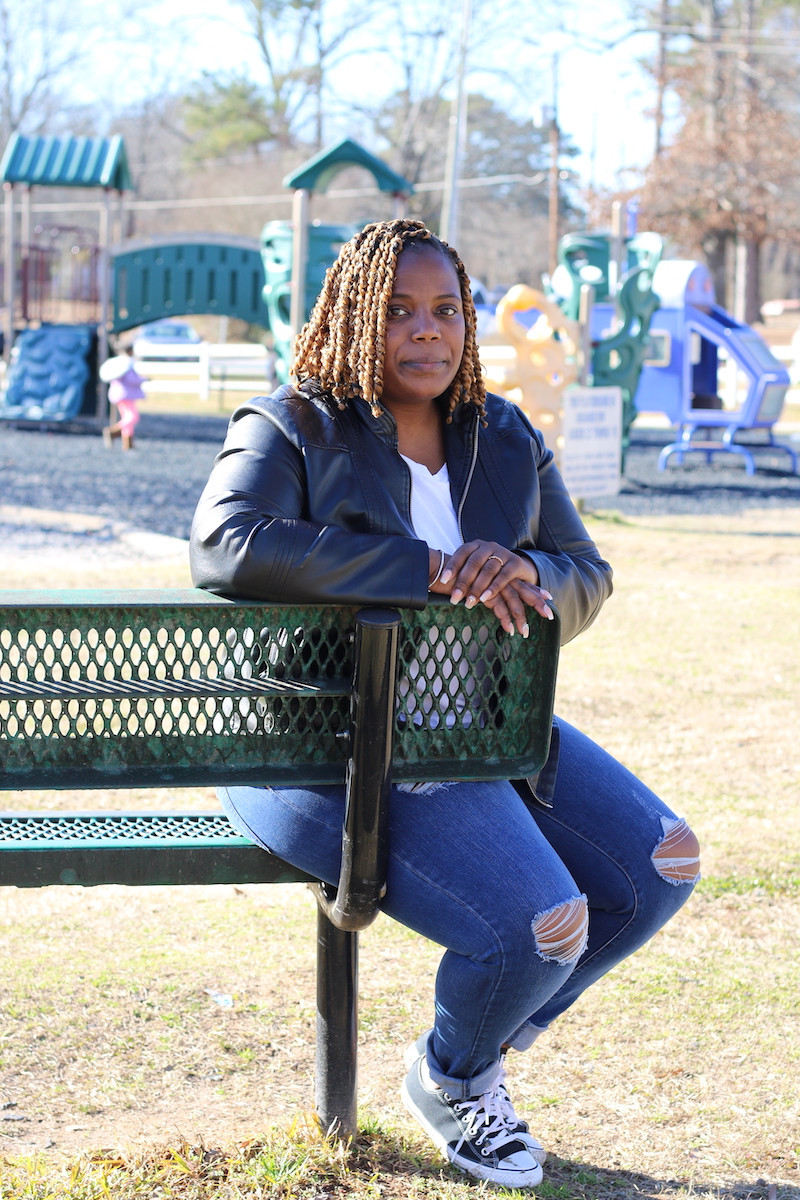
Dany St. Laurent, Ms. Dessin’s daughter, said her mother felt trapped during the pandemic. “Her work came before everything,” she said. “Including herself.” Image: Muriel Alarcón
The company is also the subject of a lawsuit by workers claiming a systemic, longstanding underpayment of wages going back to 2005. In court documents, Americare denied the accusations. Oral arguments regarding the workers’ motion for the case to proceed as a class action are scheduled to begin later this year.
Americare was investigated twice by the attorney general’s office for Medicaid compliance issues — in 2005 for improper billing and in 2008 for failing to detect workers with falsified training certificates. The investigations resulted in a total of $15 million in reimbursements.
In an interview, an Americare representative said that Medicaid audit settlements were common in the industry.
In a written response, Bridget Gallagher, Americare’s vice president, said the company offers 21 days of paid time off and “shared this benefit information with their union.” Americare, she added, is dedicated to providing quality home care, citing its high patient care rating from the Centers for Medicare and Medicaid Services. Over the past decade, Americare has received an average of $2.4 billion in annual payments from Medicare and Medicaid, according to data obtained through a records request.
There are an estimated 65,000 home care agencies across the country. Americare may have a fraught history, but it’s also a microcosm for the industry itself.
It has proved difficult for regulators to monitor such a rapidly growing work force. An official with the federal Department of Labor said it was partly a problem of its staffing, given all the industries the agency is charged with overseeing.
“We’ve always understood that our resources will never be enough to take on all the employers that are out there,” he said.
‘Doing what she loved’
When Ms. Dessin moved to New York from Haiti in the mid-1980s, she realized that the unpaid caregiving work she had been doing in her home country was a marketable skill.
Speaking nine months after her mother’s death, Ms. St. Laurent described how life in New York looks from Haiti — “as if money grows on trees,” she told us last winter. “From what they’ve seen on the internet, you could just go in the garden and pick up $100.”
For almost two decades, Ms. Dessin ran a day care center out of her apartment. In 2005, at 50 years old, she decided to pursue a home health aide certification. When she completed the training program that fall, she had her certificate framed.
This lure of education and financial independence also drew Helen Monah, a Guyanese immigrant who moved to New York City in 2018 and began home health care training. She texted her daughter, Rubena Durbin, photos of her progress — a stack of open textbooks and pictures of herself in glasses and scrubs. In December, she was hired by Americare.
“She was so happy to be working in that environment doing what she loved,” Ms. Durbin said.
The work itself was onerous. Apart from regular patient care, Americare home health aides are also required to provide “light housekeeping,” including washing toilets, dusting and removing garbage, according to an employee handbook obtained during the city’s 2018 investigation.
It also puts aides in close contact with their clients. They often have to lift and lower their patients, with their bodies pressed together and faces inches apart.
An executive of Americare acknowledged that in the early pandemic, personal protective equipment was in short supply, so the company gave priority to workers assigned to high-risk patients. The executive said that the company distributed information in multiple languages on how workers could protect themselves and that workers were permitted to use paid time off as needed, adding that at one point in April 2020, as many as 250 aides were quarantining.
“Numerous Americare nurses, therapists and aides said they would not be able to work due to their own underlying conditions, family concerns or general anxiety — decisions that we’ve honored and respected,” said Ms. Gallagher, Americare’s vice president.
As of August 2021, at least 275 Americare aides had been infected with Covid-19, according to Francine Streich, a field director at United Food and Commercial Workers Local 2013, the union representing Americare workers. She noted, though, that the number is probably an undercount as the company has stopped providing numbers of cases to the union. Americare said that number was accurate as of February; it did not provide an updated number.
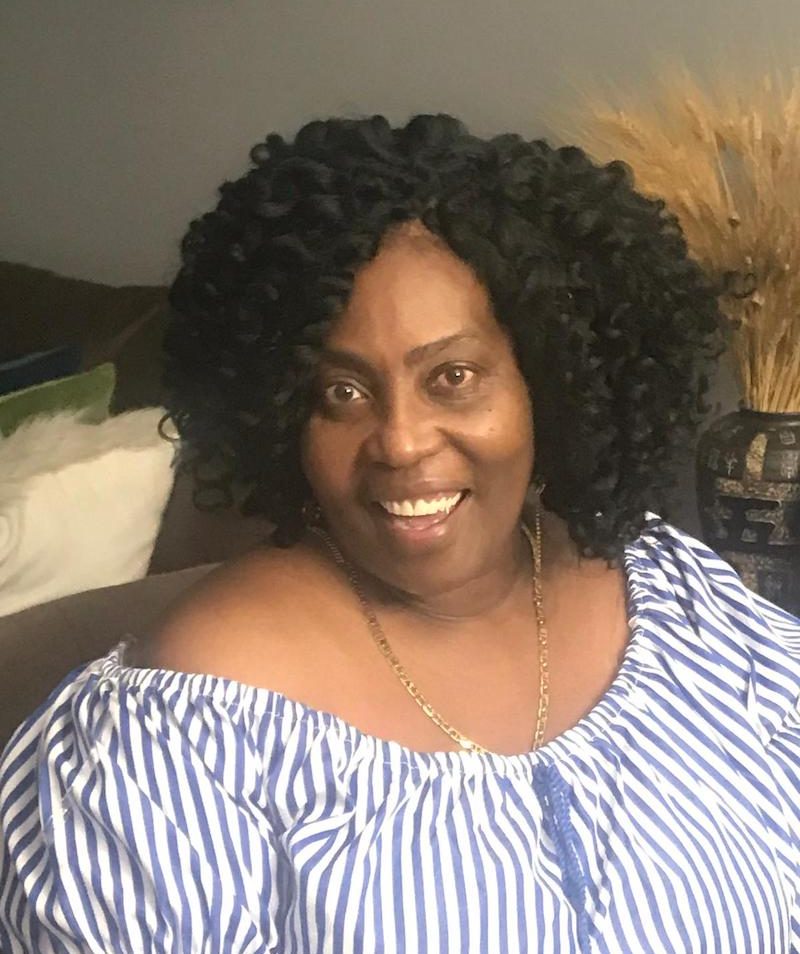
Helen Monah moved to New York City from Guyana in 2018 and began home health care training. She died in April 2020 as a result of Covid-19. Image: The Monah Family
According to their daughters, Ms. Monah and Ms. Dessin both felt pressure to take all cases offered to them at the risk of losing their stable schedules. If workers decline three shifts in a three-month period, they are put last on the list for another case, according to a union bargaining agreement in place through March 2019. It also says, “There is no guaranteed work day, week, year or hours of work.”
“When you tell them ‘no,’” said Ms. St. Laurent, “you are going to pay for that ‘no.’ You’re going to feel that ‘no.’”
Life on a ‘live-in shift’
Working overnight makes an already isolating and demanding job even more so. Aides assigned to “live-in shifts” spend 24 hours a day at a patient’s home, sometimes for several days in a row. The aides are paid for only 13 hours of that time because they are expected to get eight hours of sleep and three hours of meal breaks, according to New York State guidelines and federal regulations.
But the aides interviewed said sleep is contradictory to the job. Dementia patients need round-the-clock attention to prevent self-injury, and many patients must be turned every few hours overnight.
Home health aides are classified as “domestic service” workers, many of whom were exempt from a set of labor protections known as the Fair Labor Standards Act until 2015, when the Department of Labor expanded its regulations. Since enforcement of those new regulations began, back wages tied to violations of the Fair Labor Standards Act by home health care employers have topped $47 million nationally — at least $4.7 million in New York alone, the third-highest in the country after Virginia ($10.1 million) and Pennsylvania ($6.5 million), according to Department of Labor data.
In New York, labor organizers and legislators are taking aim at the 24-hour shift. In March 2019, the New York State Court of Appeals ruled that aides must be paid for all 24 hours of a live-in shift if they do not receive the breaks to which they are legally entitled — but proving it can be complicated, multiple lawyers said. It is up to the employer to find an effective method of documenting those hours and compensating the aide for them.
Roger Noyes, then spokesman of the Home Care Association of New York State, of which Americare is a member, said paying for all 24 hours would bankrupt the system without financial support from Medicaid to cover those costs.
The New York State Department of Labor has investigations underway specifically related to underpayments of regular and overtime wages for hours worked for “live-in” shifts, a department official confirmed.
Manhattan Assemblyman Harvey Epstein referred to the 13-hour rule as “government-sanctioned wage theft.”
In January, he introduced a bill that would replace the 24-hour shift with two 12-hour shifts and ban forced overtime. It is still sitting in committee.
“I don’t really know why people don’t seem to prioritize this,” Mr. Epstein said, “but I think it is because they’re mostly low-income immigrant women of color, and that’s a forgotten population.”
Working through the pandemic
As the pandemic began spreading through the city, Dany St. Laurent and Rubena Durbin both tried to persuade their mothers to quit. But their paychecks helped them achieve the financial independence both women had yearned for most of their lives.
Ms. Dessin spent March 2020 working as many hours as possible — 40 hours a week from Americare and more from another company.
Later that month, she came home from work exhausted.
“Mom, stay home, call out sick,” her daughter, Ms. St. Laurent, pleaded, as Ms. Dessin sat down to catch her breath on the couch.
But Ms. Dessin was only five months away from when she had planned to retire, and decided to keep working.
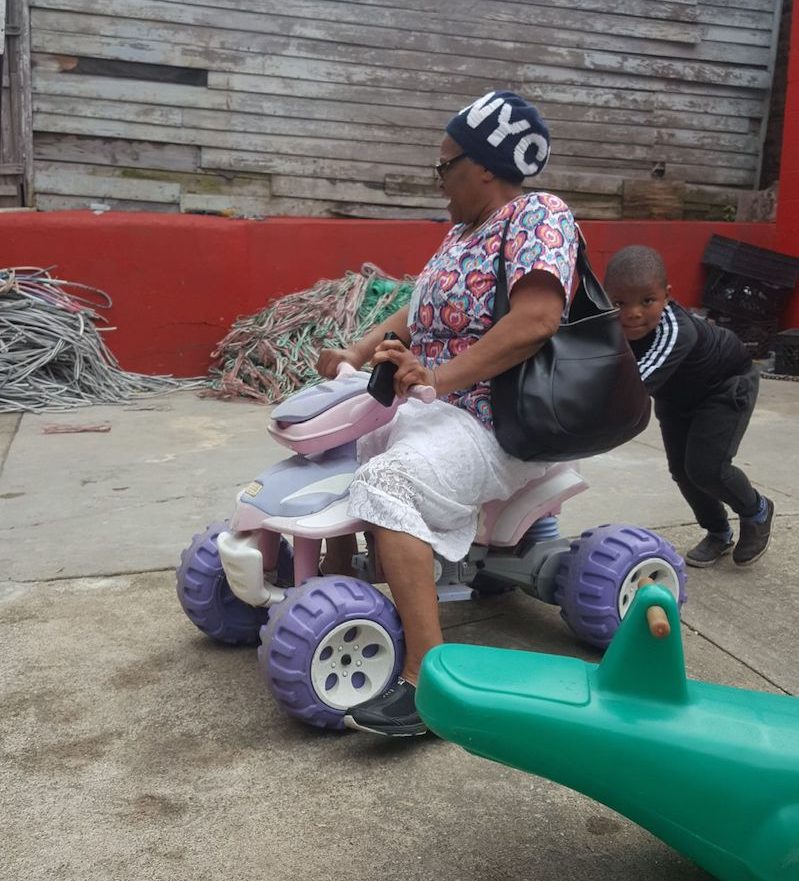
Yvette Dessin with her grandson Rashawn. Ms. Dessin was one of about 2.4 million home care workers in the United States who assist patients in private residences or group homes. Image: The Dessin Family
Several days later, her condition had worsened. Ms. Dessin struggled to walk and needed her daughter to wash her hair as she sat on a chair in the bathtub. She had regularly done this ritual for her elderly clients and had told her daughter she never wanted to be on the receiving end of such intimate assistance.
The next day, Ms. St. Laurent drove her mother to the hospital. She was put on a ventilator that same night. Four days later, on April 7, Ms. Dessin was gone.
Meanwhile, Ms. Monah had bought a ticket back to Guyana for her son’s wedding, her first visit in four years. After this trip, she told her daughter, maybe she’d go on a cruise. “Once she got to New York and started making her own money, she wanted to live,” said Ms. Durbin.
Ms. Durbin was concerned when her mother told her that an aide who had worked a shift before her at a patient’s house was coughing, but Ms. Monah assured her daughter that she’d cleaned the area with supplies she bought with her own money.
By April, she, too, had become ill and was treating her flulike symptoms with home remedies and over-the-counter medicines. On April 11, she began experiencing acute pain in her legs and stomach.
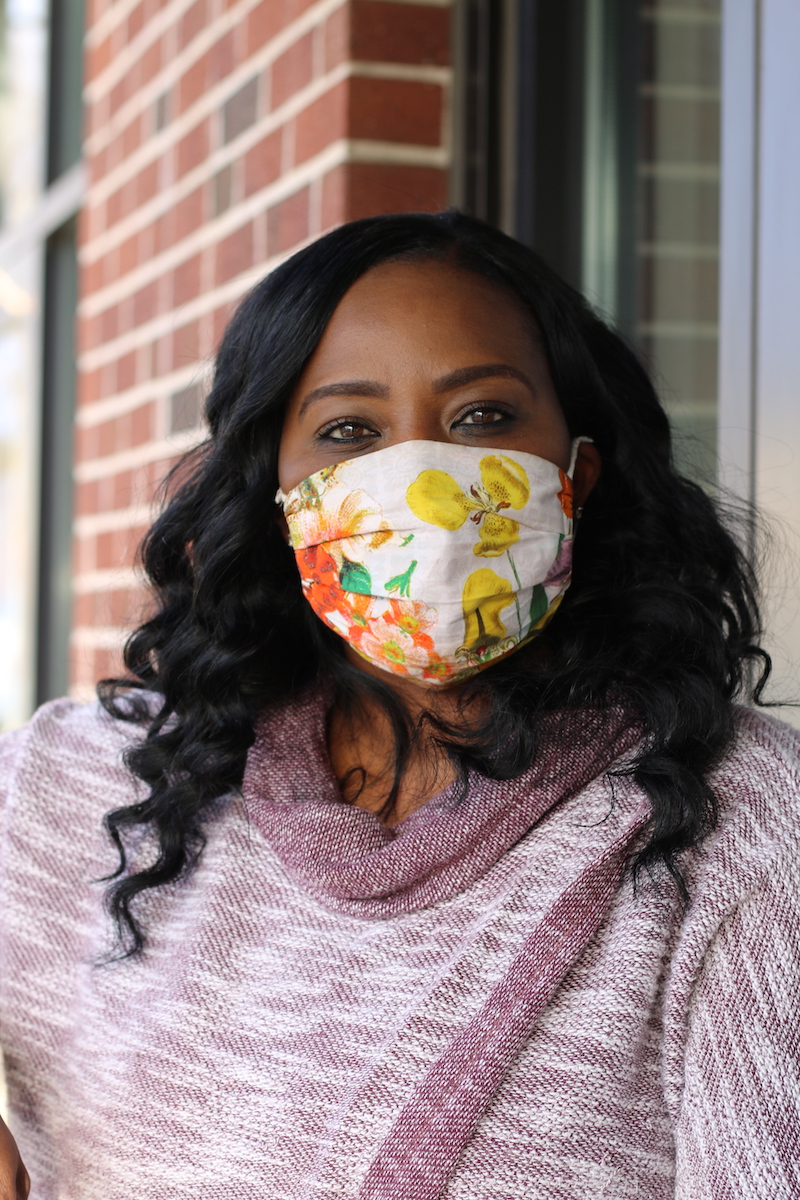
Image: Muriel Alarcón
At the hospital, doctors diagnosed a blood clot in her stomach related to Covid-19 and recommended surgery. She sent her daughter a voice note via WhatsApp. “I’m going to make it,” she said through fits of raspy coughing. “I’m a fighter.”
But Ms. Monah never woke up, and on April 26 — three weeks after Ms. Dessin’s death — she, too, died.
Back to ‘business as usual’
On July 27, workers and advocates testified before members of three New York State Senate committees during a hearing in Albany and insisted on higher wages and better working conditions.
“We should be able to take care of our own families while providing care for other families,” said Lilieth Clacken, a 61-year-old home health aide and member of the 1199SEIU United Healthcare Workers East union. “The work is undervalued and underpaid.”
Ms. Clacken and others are making some headway: In March, state lawmakers introduced New York’s Fair Pay for Home Care Act, which would increase the minimum wage for home care aides, though it has not yet moved to a floor vote.
And last spring, President Joe Biden introduced a $400 billion proposal to increase these workers’ wages and improve overall access to long-term care; the amount of funding is still being negotiated in Congress.
Americare now has a training video on its website showing how to wear personal protective equipment. It also encourages workers to get a Covid-19 vaccination at the company’s office.
Ms. St. Laurent wishes her mother had been given more information about the virus. “They’re not just old people taking care of old people,” she said. “They’re just as important.”
Last fall, the same month that Ms. Dessin had planned to retire, she and Ms. Monah instead were acknowledged together in a makeshift memorial tacked on the wall in Americare’s Brooklyn office. In a photo of the memorial posted on the company’s website, seven identical paper posters feature the same stock image of a sunset over water, a company logo, and the name of a worker who died from Covid-19.
The company, the post on its website read, is now back to “business as usual.”
Muriel Alarcón and Liz Donovan reported this story as fellows of the Global Migration Project with Columbia Journalism Investigations at Columbia University.